- About Us
- Advertise
- Editorial
- Contact Us
- Terms and Conditions
- Privacy Policy
- Do Not Sell My Personal Information
© 2025 MJH Life Sciences™ and Dental Products Report. All rights reserved.
8 Dental CAD/CAM Technology Milestones
Dental CAD/CAM technology is no longer new, and throughout its more than 30 year history, these digital dental systems and accompanying materials have greatly expanded what can be done chairside.
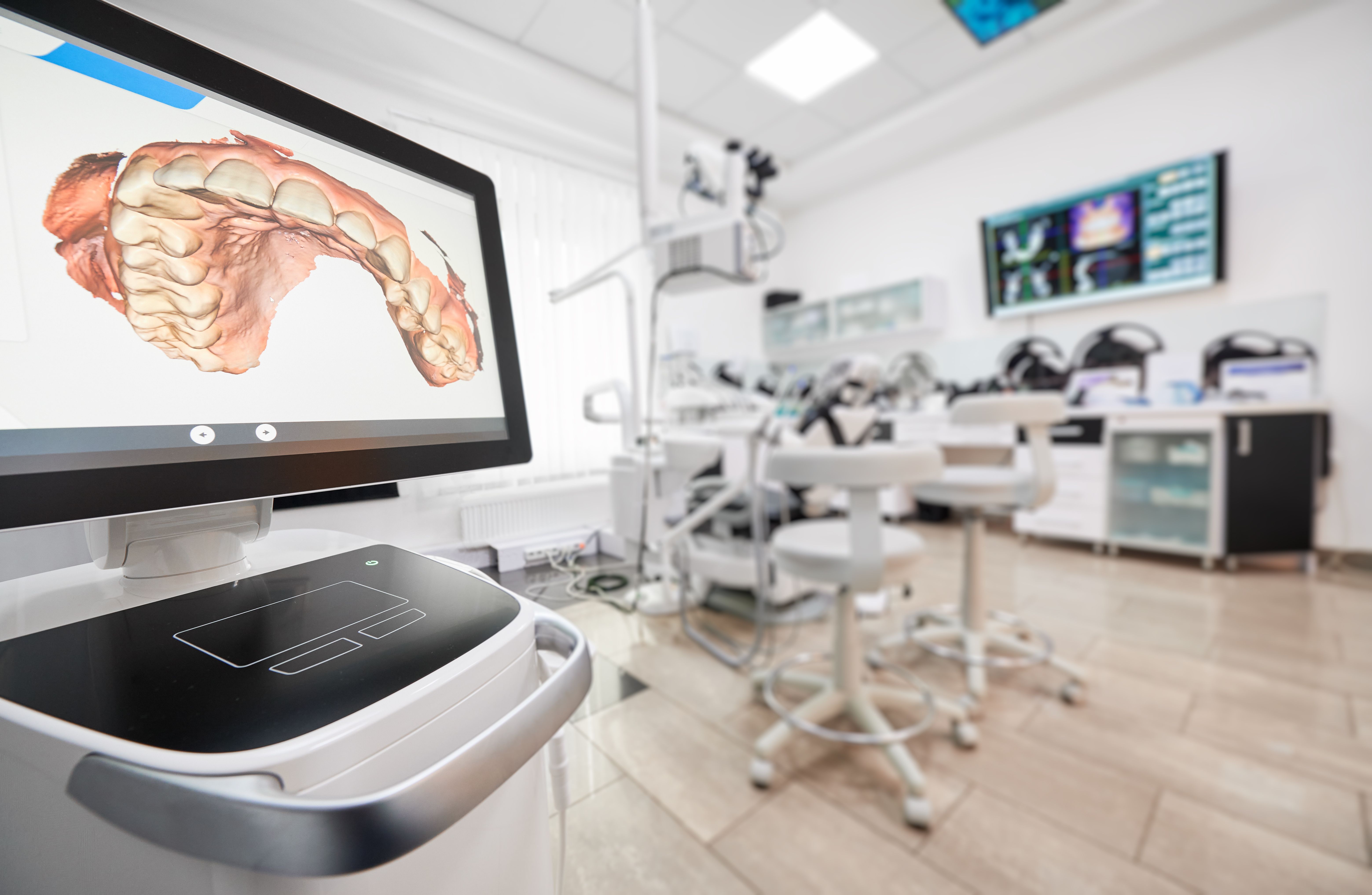
anatoliy_gleb / stock.adobe.com
The concept of digital dentistry stretches back decades, and operatory CAD/CAM technology has been available for more than 30 years. During that time numerous companies have entered this segment of the industry producing both hardware for scanning, designing, and producing restorations and other dental devices, as well as innovative materials that create new opportunities for chairside dental care.
Throughout the evolution of dental CAD/CAM systems the technology has been refined to be easier to use, faster to process both data and materials, and far more versatile in both the types of cases that can be handled digitally and the ways different digital dental solutions can interact with each other.
The technology continues to be refined even as its scope expands, and there are numerous innovations that could be called milestones. This slideshow will highlight 8 of these significant developments.
Read on to see how far this technology has come.
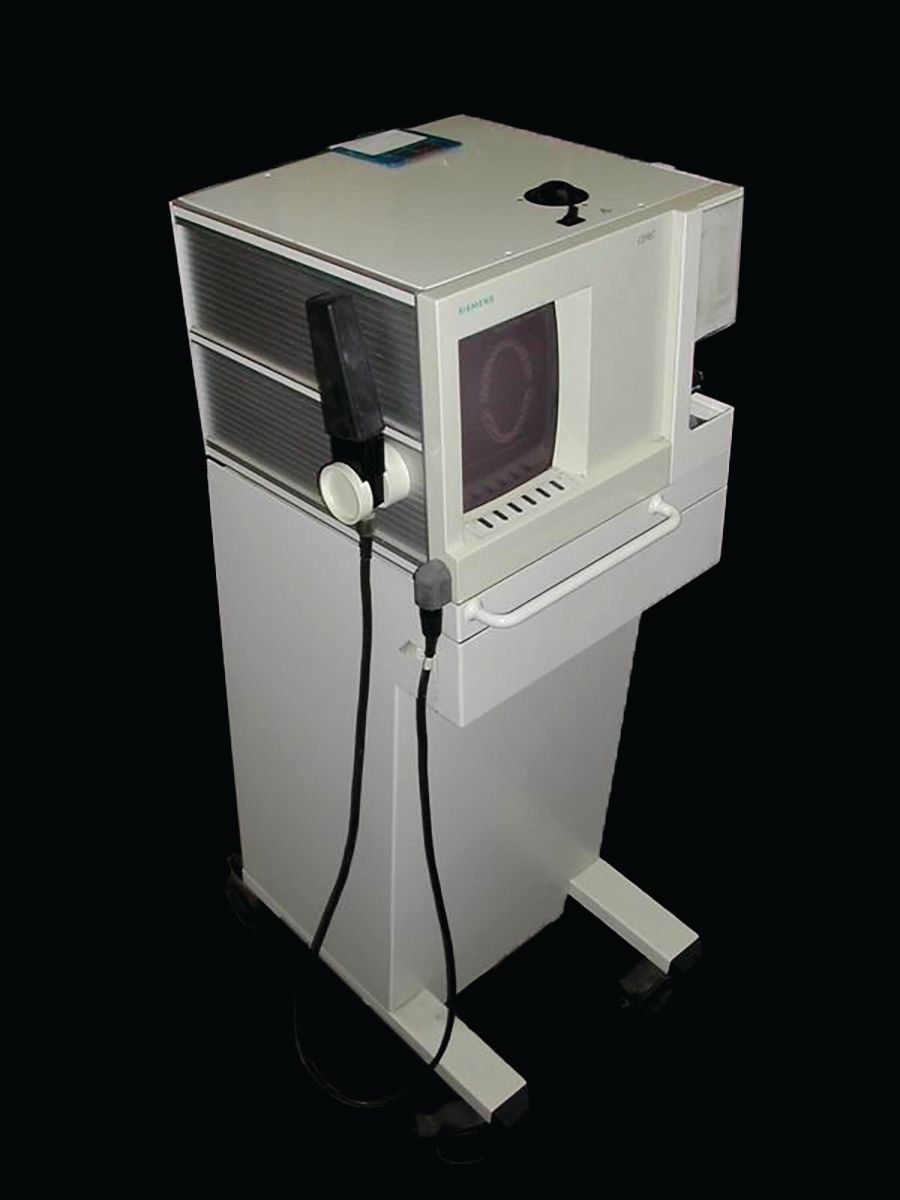
1985 – Dental CAD/CAM Arrives With the Debut of the CEREC System
While the idea of using a computer to design and manufacture dental restorations goes back long before this, the concept became a commercial reality in 1985 when the first CEREC system was put together and demonstrated in Zurich by it inventors, Prof. Dr. Dr. Werner Mörmann and Dr.-Ing. Marco Brandestini.
They gave their new technology an acronym for a name with the word CEREC coming from computer-assisted CERamic REConstruction. At the time the system consisted of a single device housing the scanner, the computer built specifically to run the custom design software, a small single-color screen, and an integrated production mill.
Compared to the CAD/CAM systems today, this original unit was slow, and difficult to use with limited clinical applications and few compatible materials. But the potential was there. While every element of the CEREC system has undergone multiple upgrades and overhauls over the years, and numerous competitive systems have been launched by a range of companies, the basic components of dental CAD/CAM—a scanner, software, and a production solution—remain the same to this day.
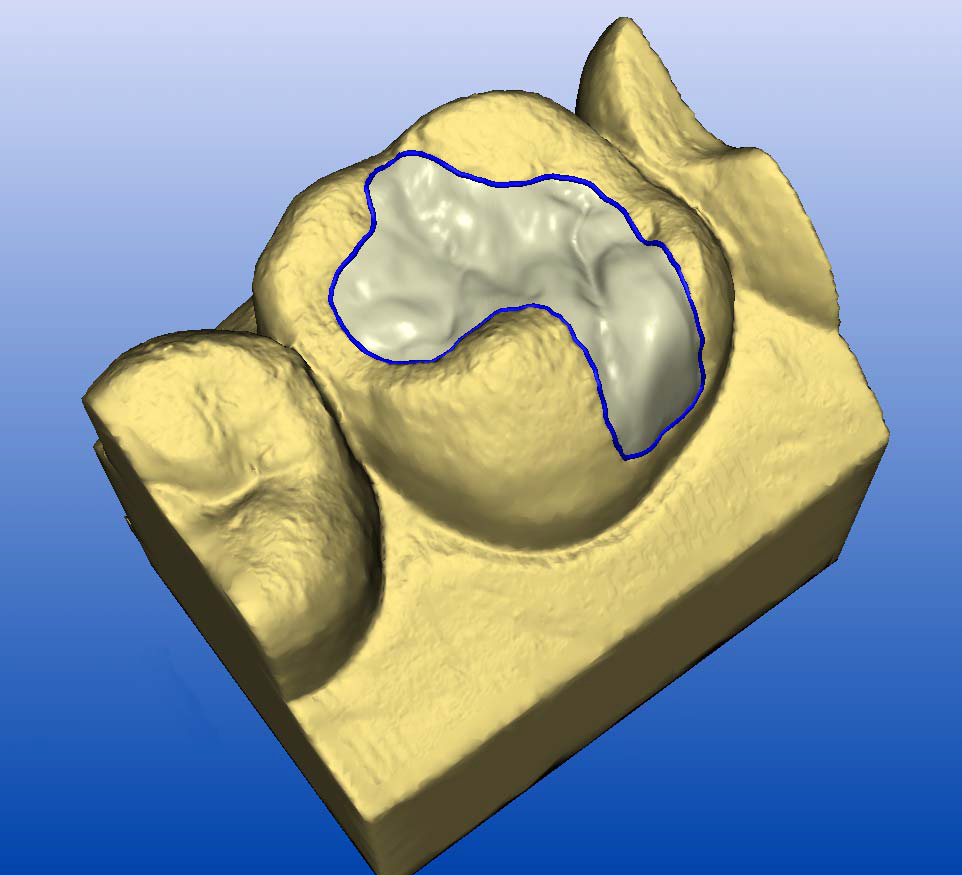
2003 – CAD/CAM Software Enters the 3rd Dimension
When the first CEREC system launched, it featured a green-screen monitor and software that only worked in 2 dimensions. This meant designing a restoration was a challenge as adjustments were made to 2D "slices" of the design, somewhat like the 2D images used to create a cone beam CT image.
However, when CEREC 3D software arrived in 2003, the potential for using the technology received a massive boost. This shift from 2D to 3D took advantage of vastly more powerful computers, improved monitors, and greatly enhanced scanning technology. All of those hardware developments continued to fuel further developments of CAD/CAM technology today.
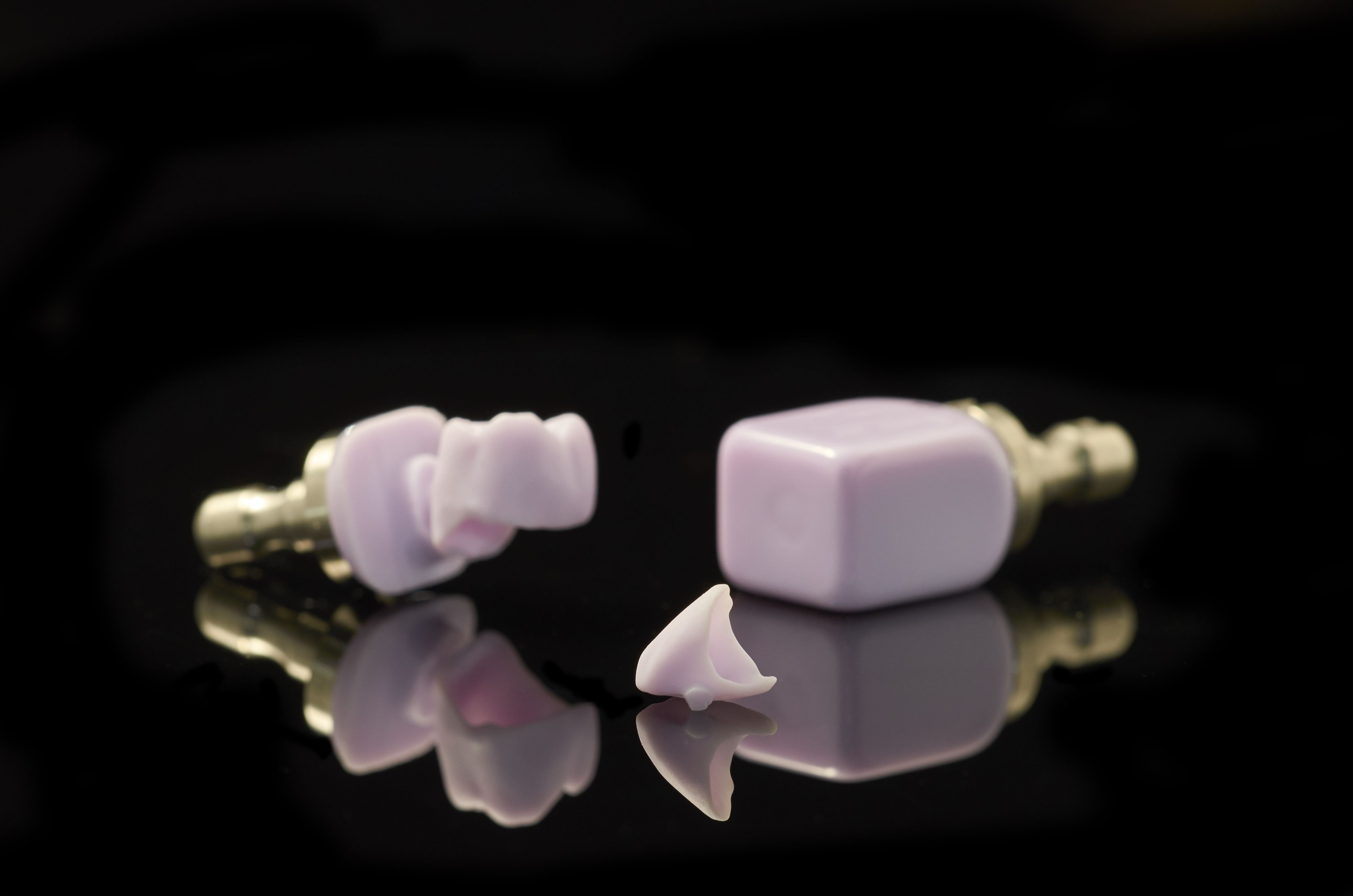
sunlight19 / stock.adobe.com
2006 – The Debut of Millable Lithium Disilicate
Dental CAD/CAM hardware gets much of the attention, but the evolution of digital dental materials is just as significant in the story of dentistry's digital evolution. Finding a material that is easy to mill while looking and functioning like a natural tooth has always been a challenge, but Ivoclar Vivadent found success when they introduced their lithium disilicate glass ceramic IPS e.max CAD material to the industry.
Sometimes called "blue blocks" the material is milled in its softer state where it has a distinctive blueish-purple hue. However, after milling, the restorations are fired in a furnace where the material changes colors and takes on the appearance of a natural tooth. e.max quickly became a popular material choice due to its combination of esthetics and strength, making it a material that can be used in both the posterior and anterior.

2007 – Cadent Debuts the iTero, Dentistry's First Stand-Alone Intraoral Scanner
When the CEREC system debuted it was one device comprised of the three main components of a CAD/CAM system. Eventually, the mill was split from the scanner and the design software was available for standalone computers. But the systems were still a package for scanning, designing, and milling.
The real diversification of the digital dental landscape began in 2007 when Cadent debuted the iTero intraoral scanner. This standalone cart was designed to capture digital impressions which could then be sent to a dental lab for design and production of a restoration. This was also the beginning of open-architecture CAD/CAM where common file formats were used to allow one company's scanner to work with software from another company and a mill possibly from a third company.
While Cadent's scanner was the first to be sold without design software or a production system, it was quickly followed by others as 3M introduced its Lava C.O.S., 3Shape launched its TRIOS, and more companies continue to enter the intraoral scanner market.
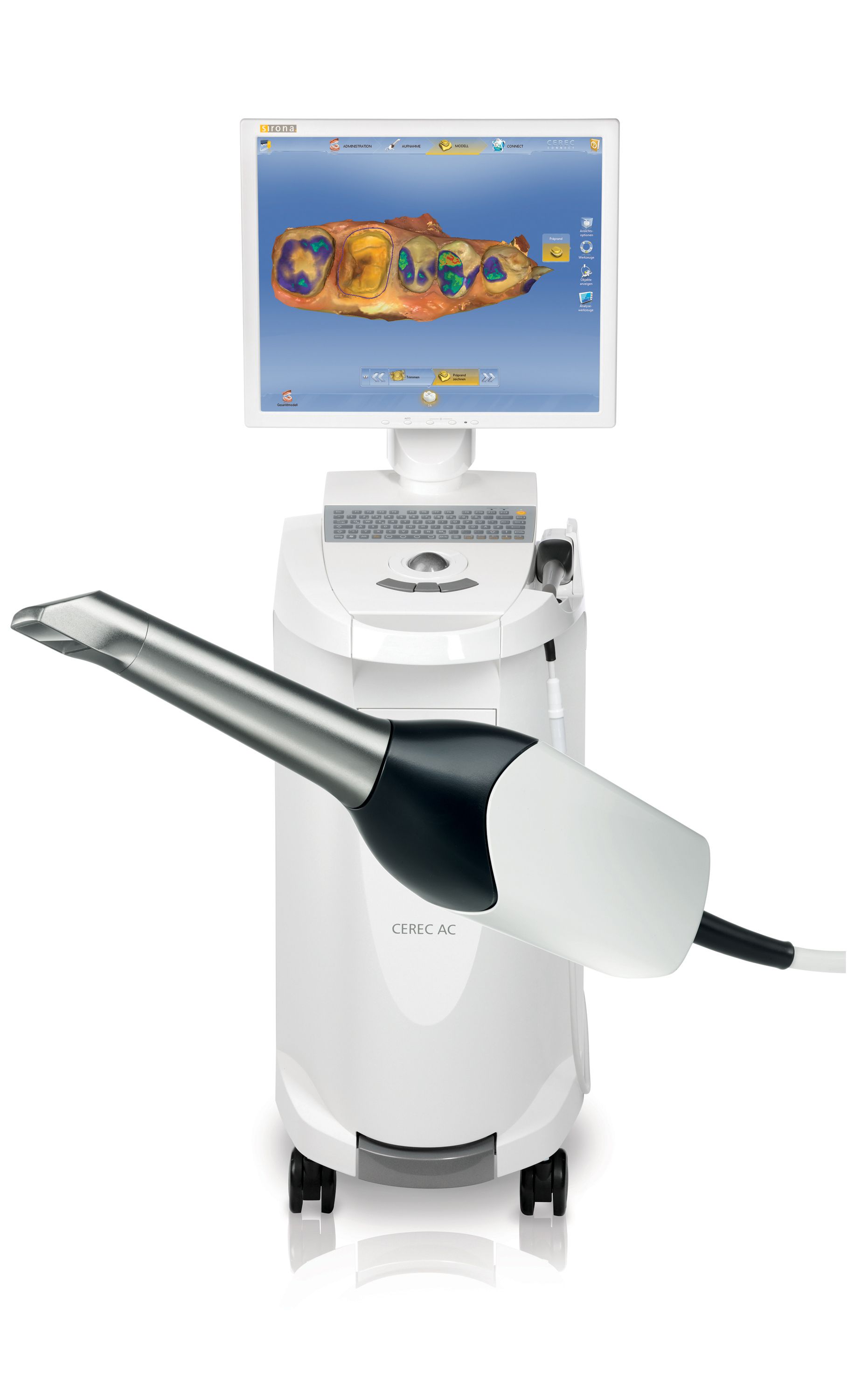
2012 – True Color Digital Impressions
While color was introduced to digital impressions once color computer monitors were available, those colors were usually gray or tan and then blue or red highlights. The onscreen digital models looked a lot like traditional dental models.
Then in 2012 at an event celebrating 27.5 years of CEREC technology the first true-color digital impression system, the CEREC Omnicam, hit the market. This was a major leap forward because for the first time the digital models displayed on the scanner's screen showed the hues and colors found in the patient's mouth. This made identifying margin lines simpler and allowed the scans to be used to educate patients more effectively.
It was not long before color digital impressions were available from almost every intraoral scanner manufacturer, and the accuracy and detail contained in these digital models just keeps getting better.

2014 – Integrated Shade Matching
The potential of dental CAD/CAM systems has always been to simplify dentistry and allow one central technology to manage multiple aspects of restorative dentistry. This potential came closer to reality in 2014 when 3Shape announced it was adding integrated shade matching technology to its TRIOS intraoral scanner.
While this wasn't the first integration into a CAD/CAM solution it represents a major leap forward as these technologies are managing more and more tasks and thus becoming more and more useful to a dental practice. While having tooth and stump shades automatically determined by the scanner is a convenient time-saver, this was just the tip of the iceberg.
Since this feature launched, other scanners have added caries detection capabilities, integrated intraoral cameras, and a range of features designed to make the scans a tool for diagnostics and treatment monitoring, as well as for the capture of restorative impressions.
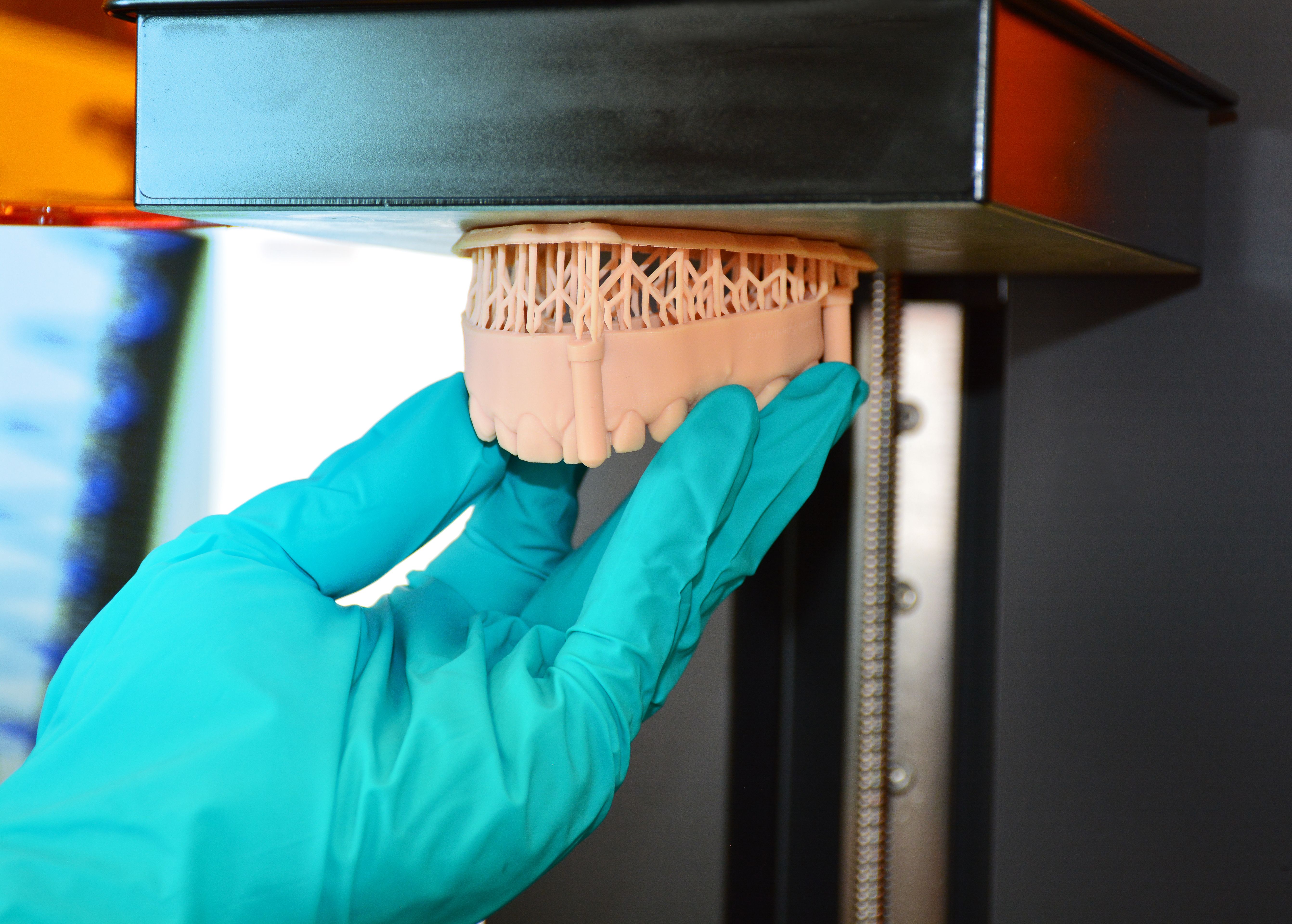
JLO_FOTO / stock.adobe.com
Approximately 2014 – Chairside 3D Printing Debuts
3D printing is a technology perfectly fit to meet the needs of the dental industry. The ability to produce small, custom parts from a variety of materials relatively quickly is just what dentists need.
Like most dental CAD/CAM technologies, 3D printing was at first more widely embraced by dental laboratories. These businesses could afford larger scale printers for producing models and wax parts at scale. But by around 2014 several companies including FormLabs and SprintRay began selling smaller, tabletop printers capable of meeting the needs of a dental practice.
Since that time the opportunities for and possibilities of chairside 3D printing have continued to grow. At first the printers were too slow to compete with analog techniques, but enhanced print technologies, improved software, and revolutionary materials have advanced this technology's usefulness in an operatory. Today 3D printers are being used to produce almost every type of dental restoration and the materials and printing technology are improving at a rapid pace.
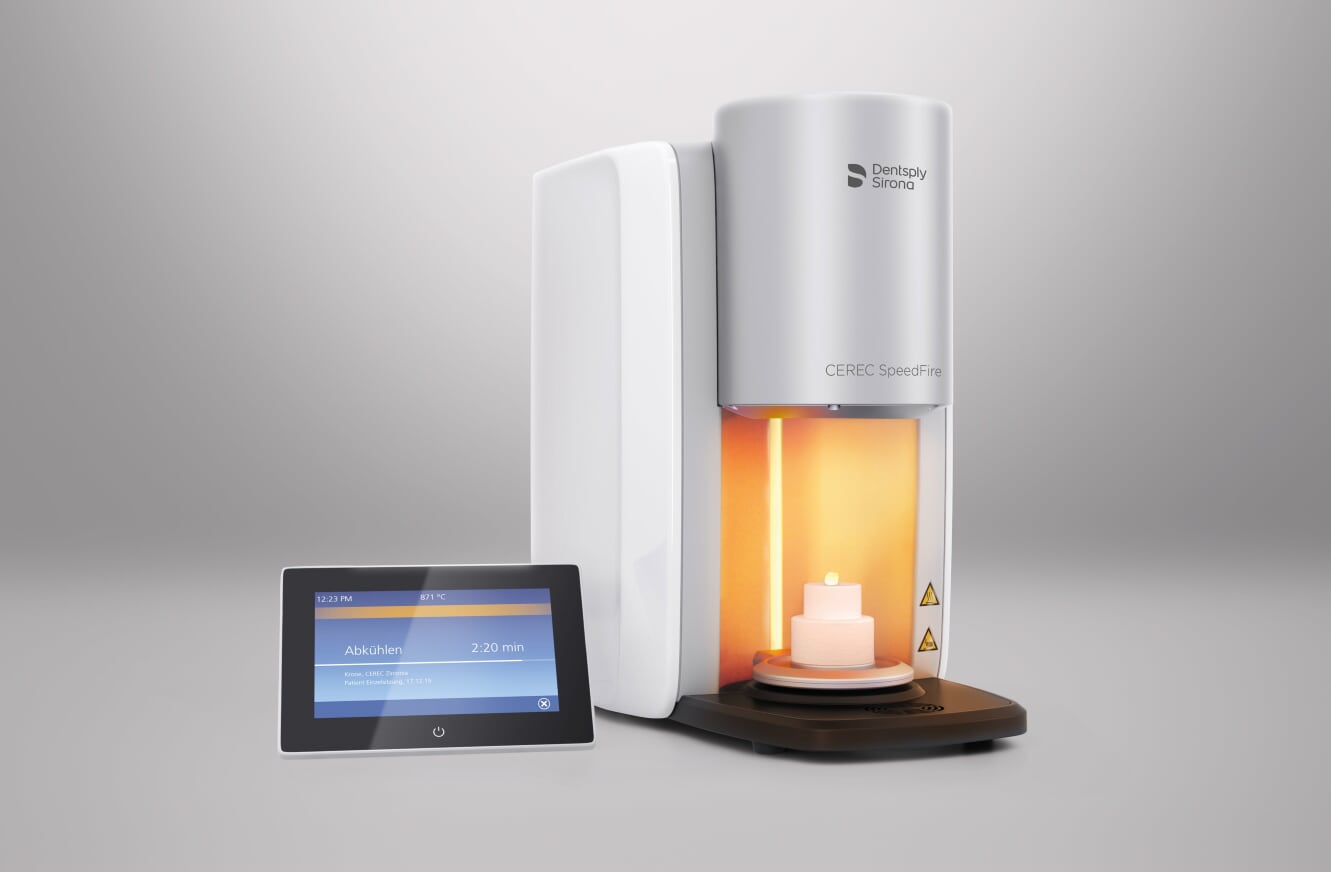
2016 – Chairside Zirconia
The reign of lithium disilicate as the material of choice for chairside CAD/CAM started coming to an end when realistic options for the production of single-visit zirconia crowns hit the market in 2016.
Zirconia was not a new material by any stretch. Noted for its strength, zirconia had long been a popular choice for all-ceramic substructures, and even some full-contour posterior crowns. However, the material was not noted for its esthetics, and the lengthy processing times required meant it was material best suited to production at a dental lab.
However, by 2016 the material had been developed in a way that traded a bit of its strength for improved esthetics, and complementary technologies sped up the processing times. In 2016 Dentsply Sirona launched the CEREC SpeedFire furnace which can sinter zirconia crowns in less than 20 minutes. Additionally, Glidewell Dental launched a pre-sintered version of its popular BruxZir zirconia material. Both of these innovations allowed chairside zirconia crowns to be ready for patients in a single visit, and this spurred an increase in the use of zirconia restorations.



